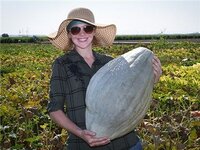Silver Lifetime
- Messages
- 42,875
- Reactions
- 111,396
- Thread Starter
- #121

USDA to try 'out of the box' solution to get food from farmers to food banks
USDA will spend $19 billion on a relief program for farmers struggling during the coronavirus pandemic, including a new approach to get food to food banks.






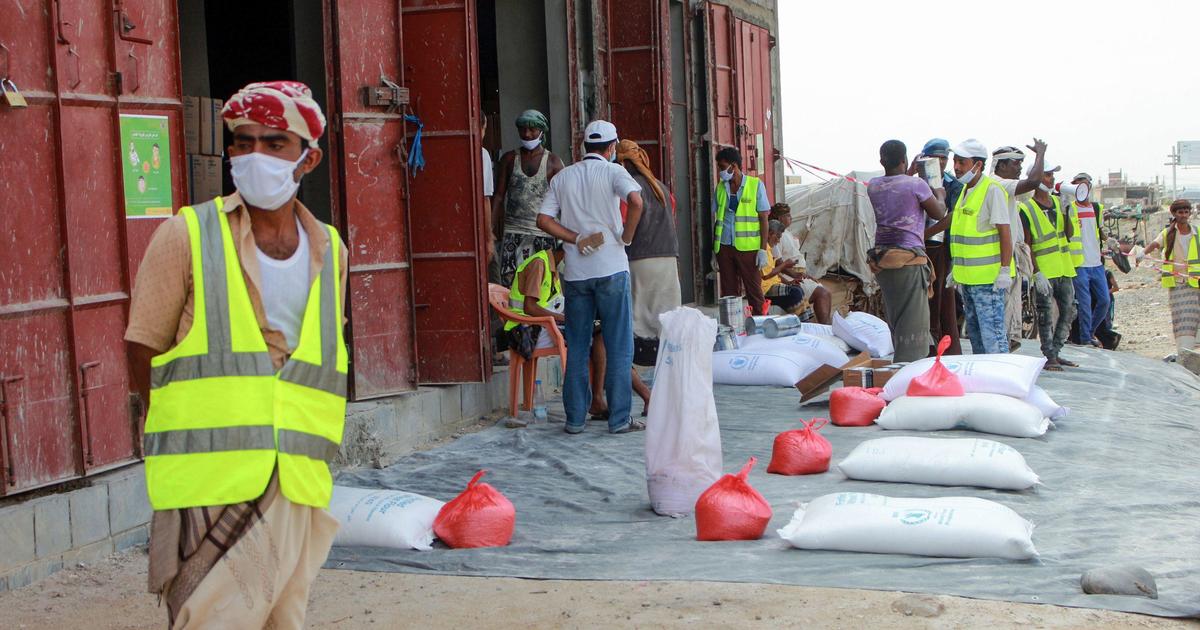
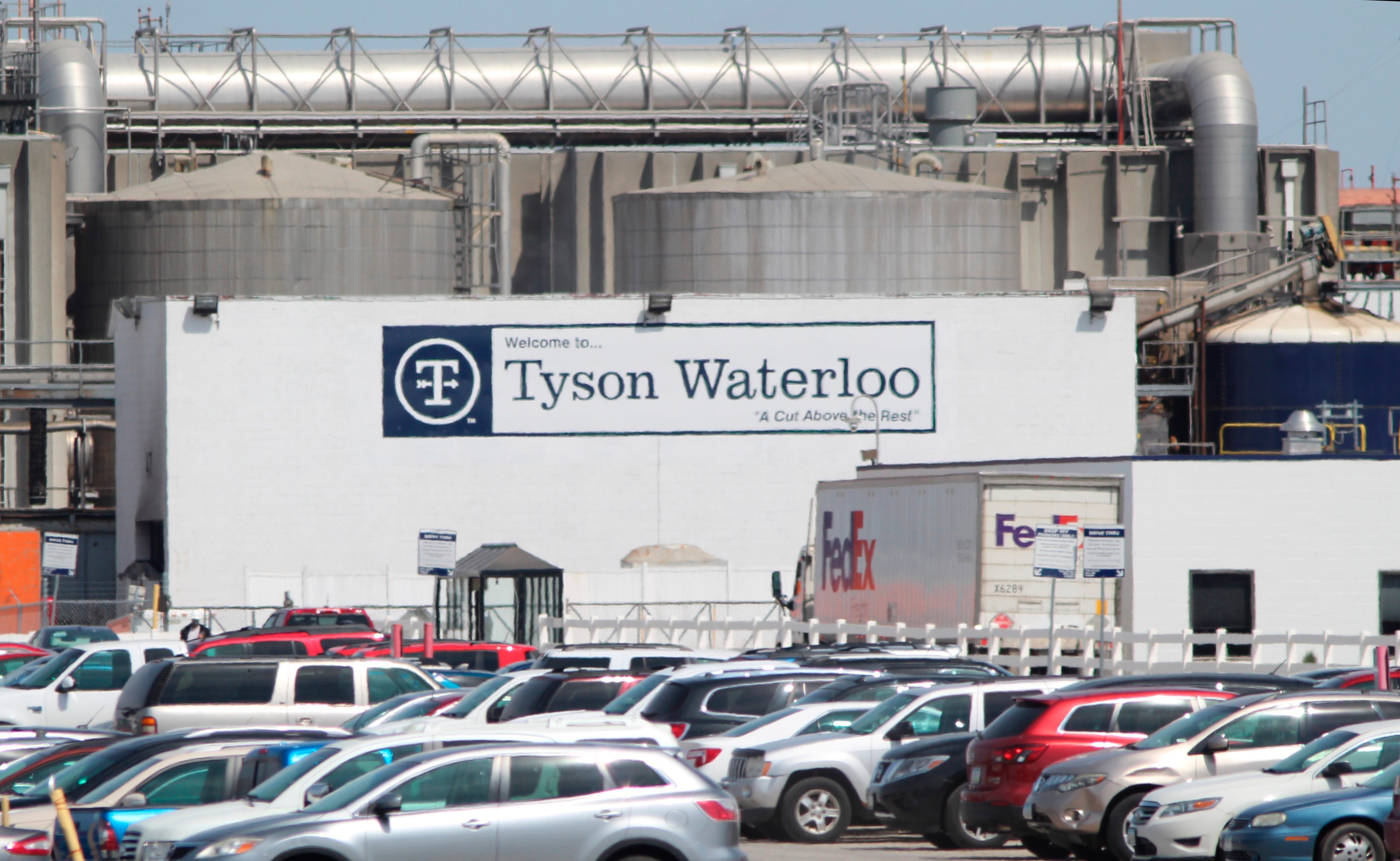
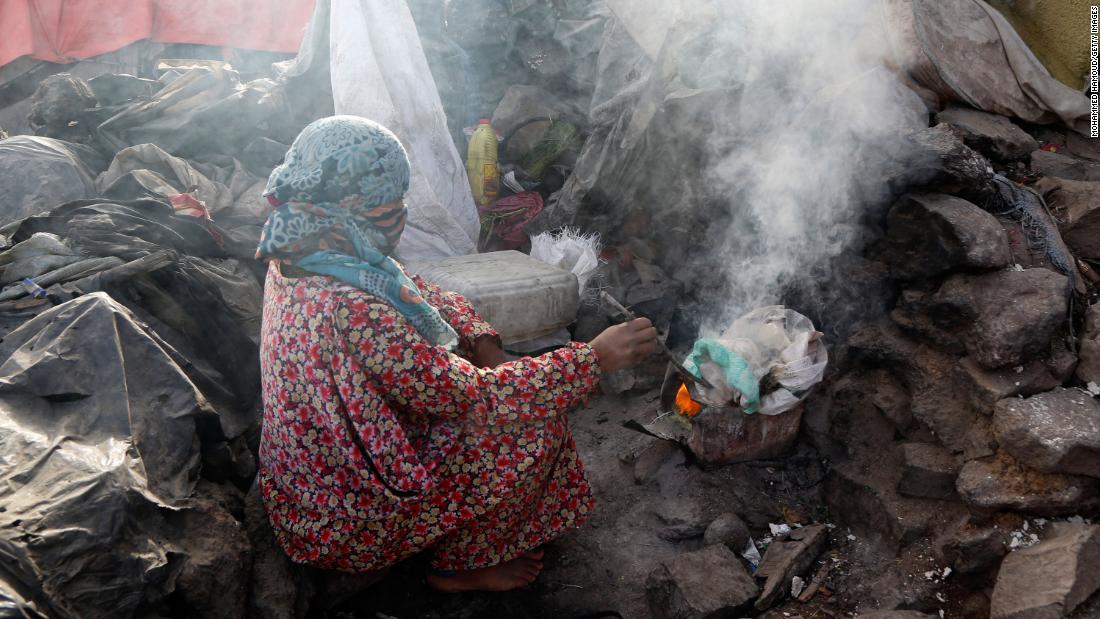

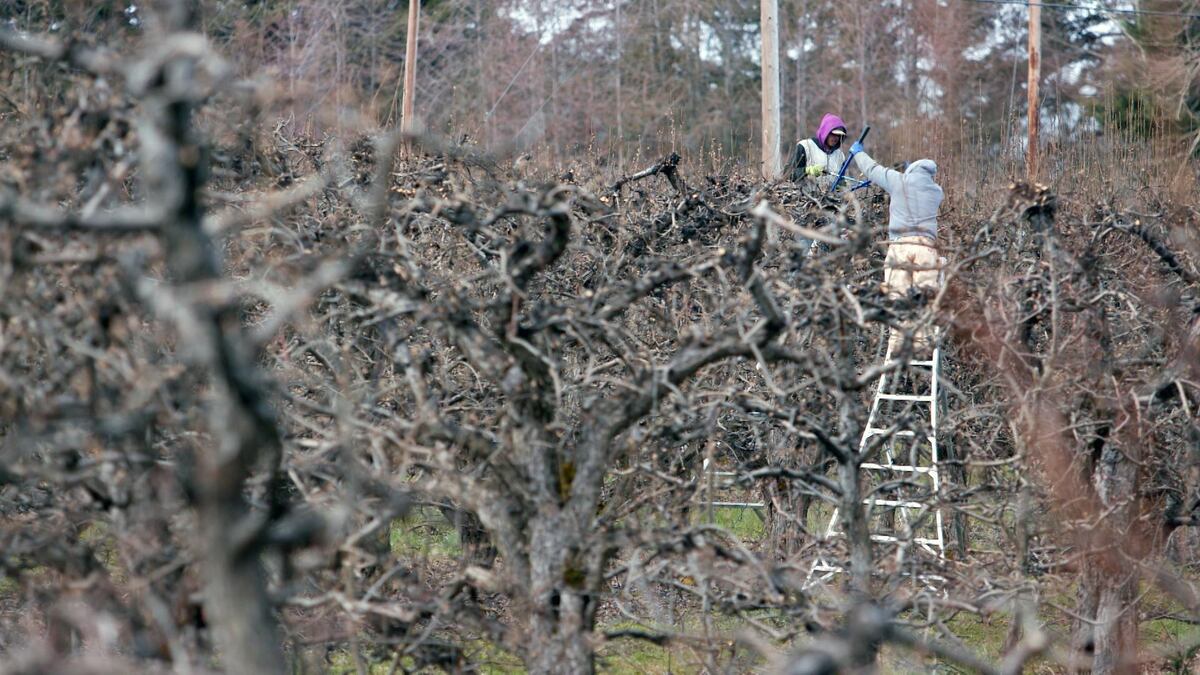

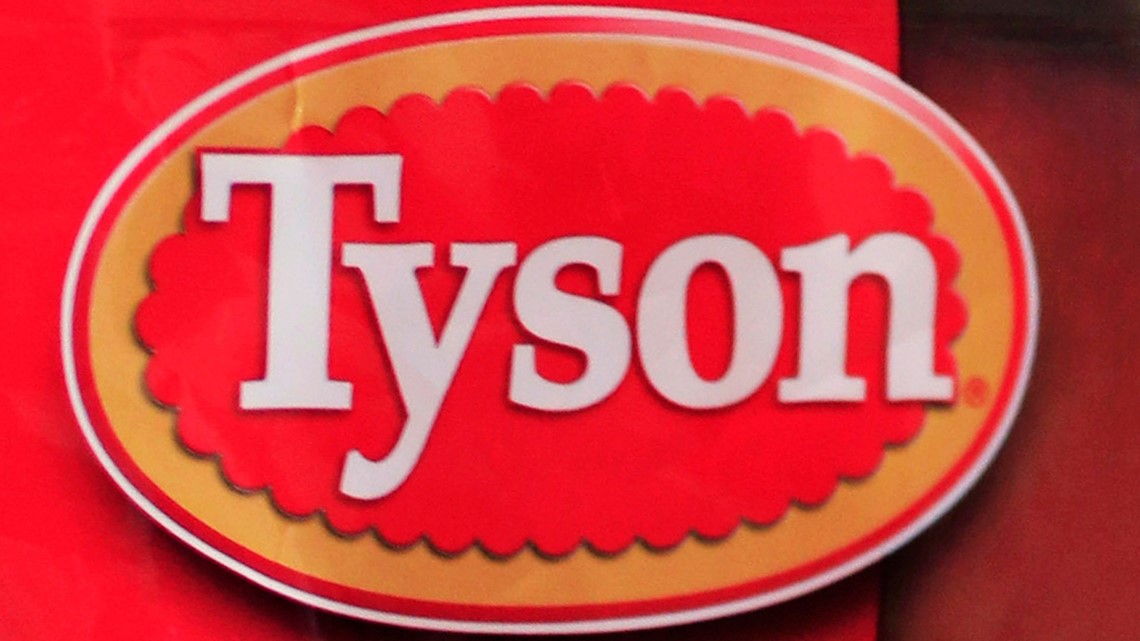
 Well, seeds are good, I guess.
Well, seeds are good, I guess.